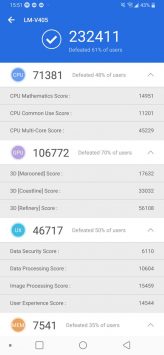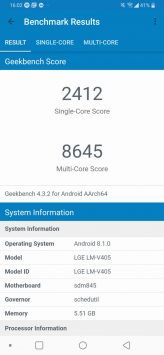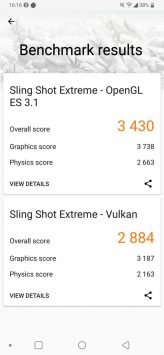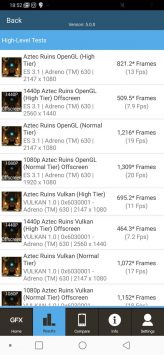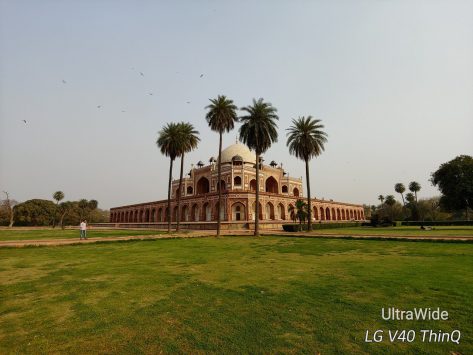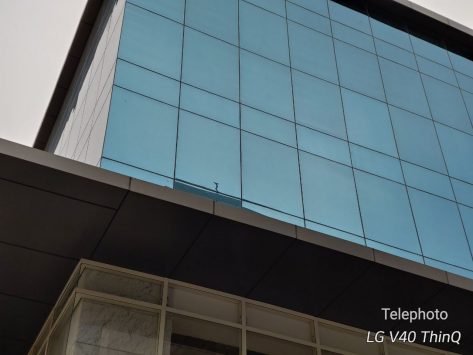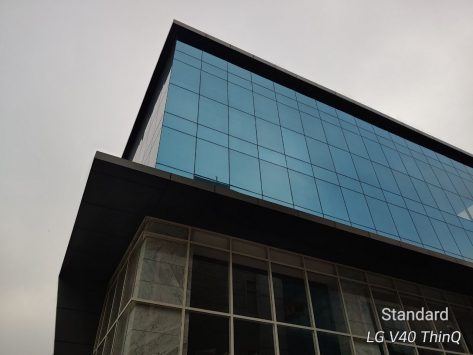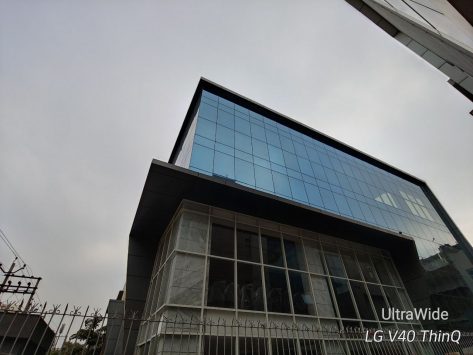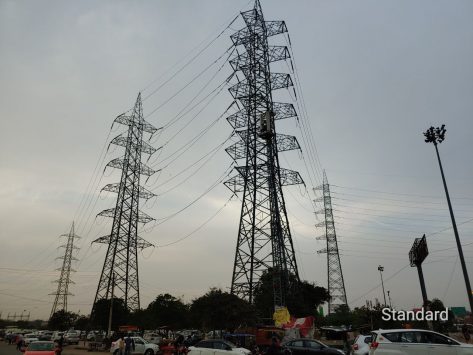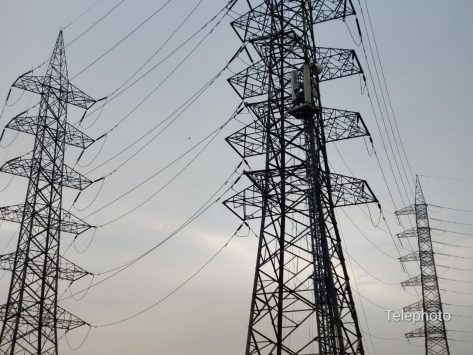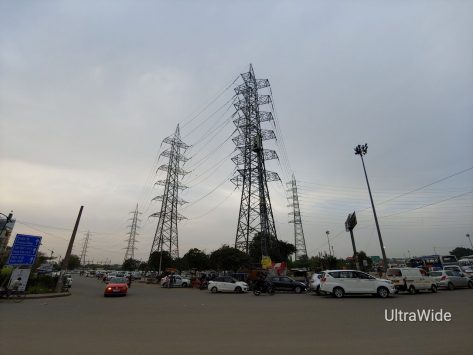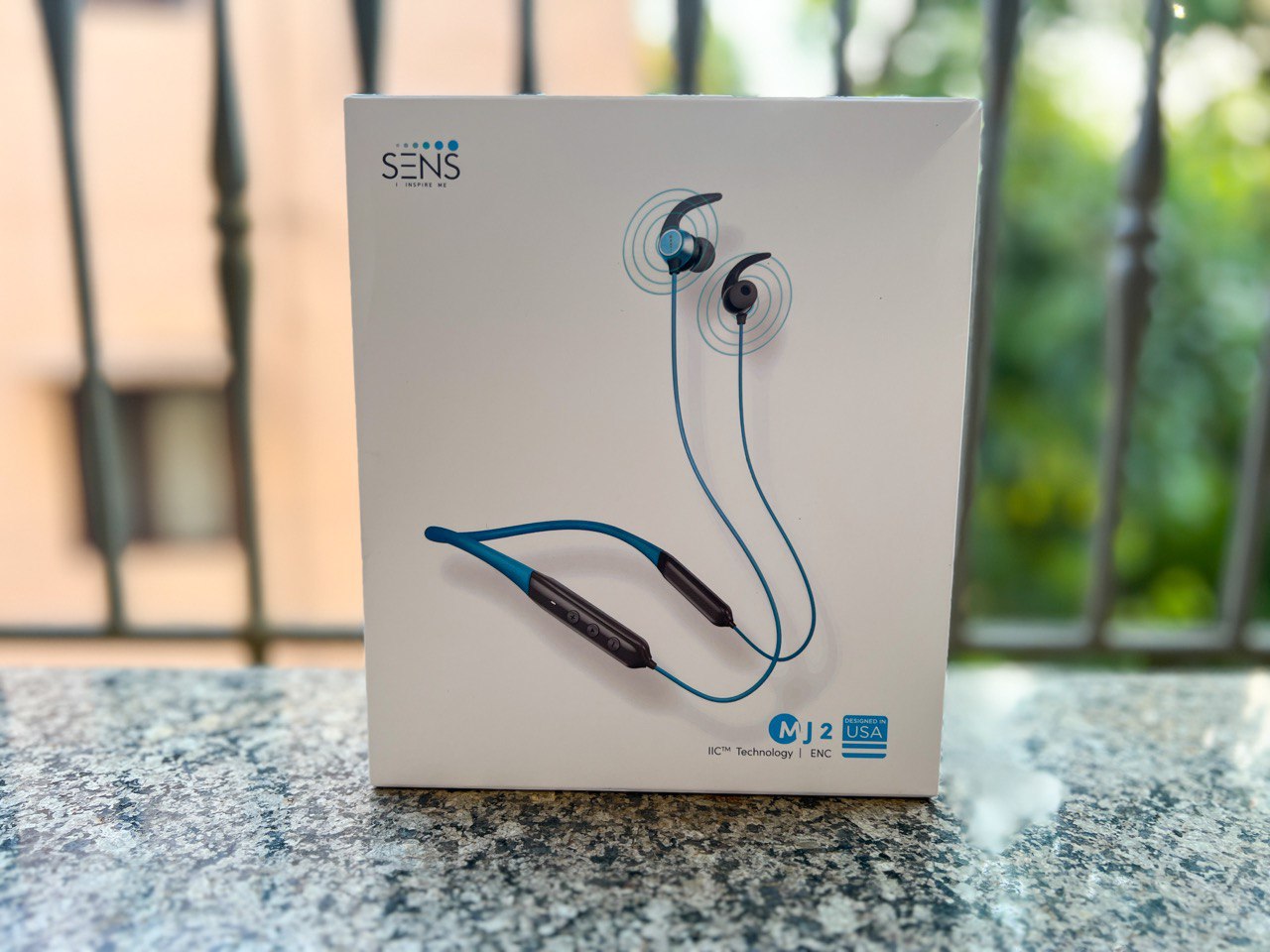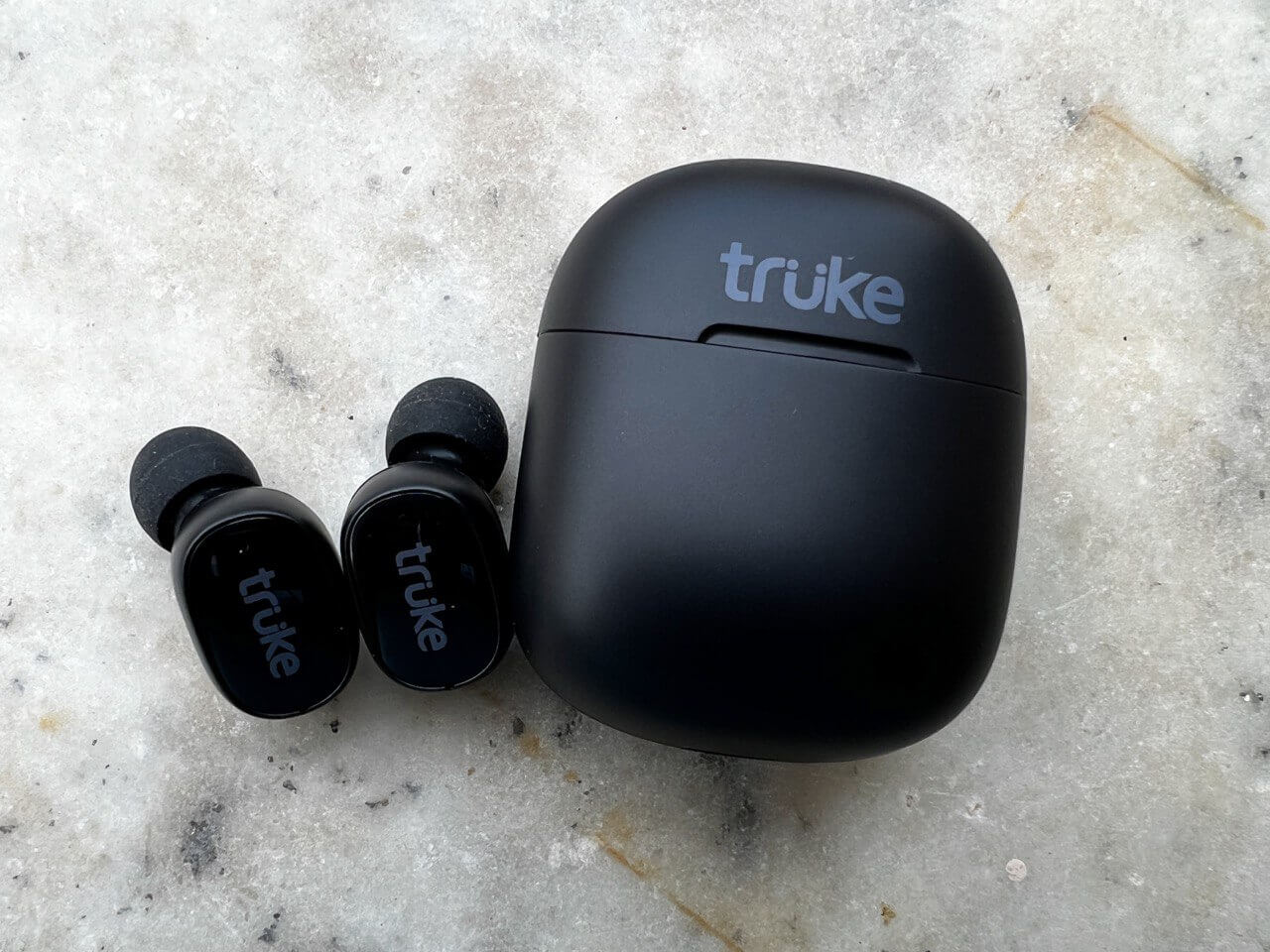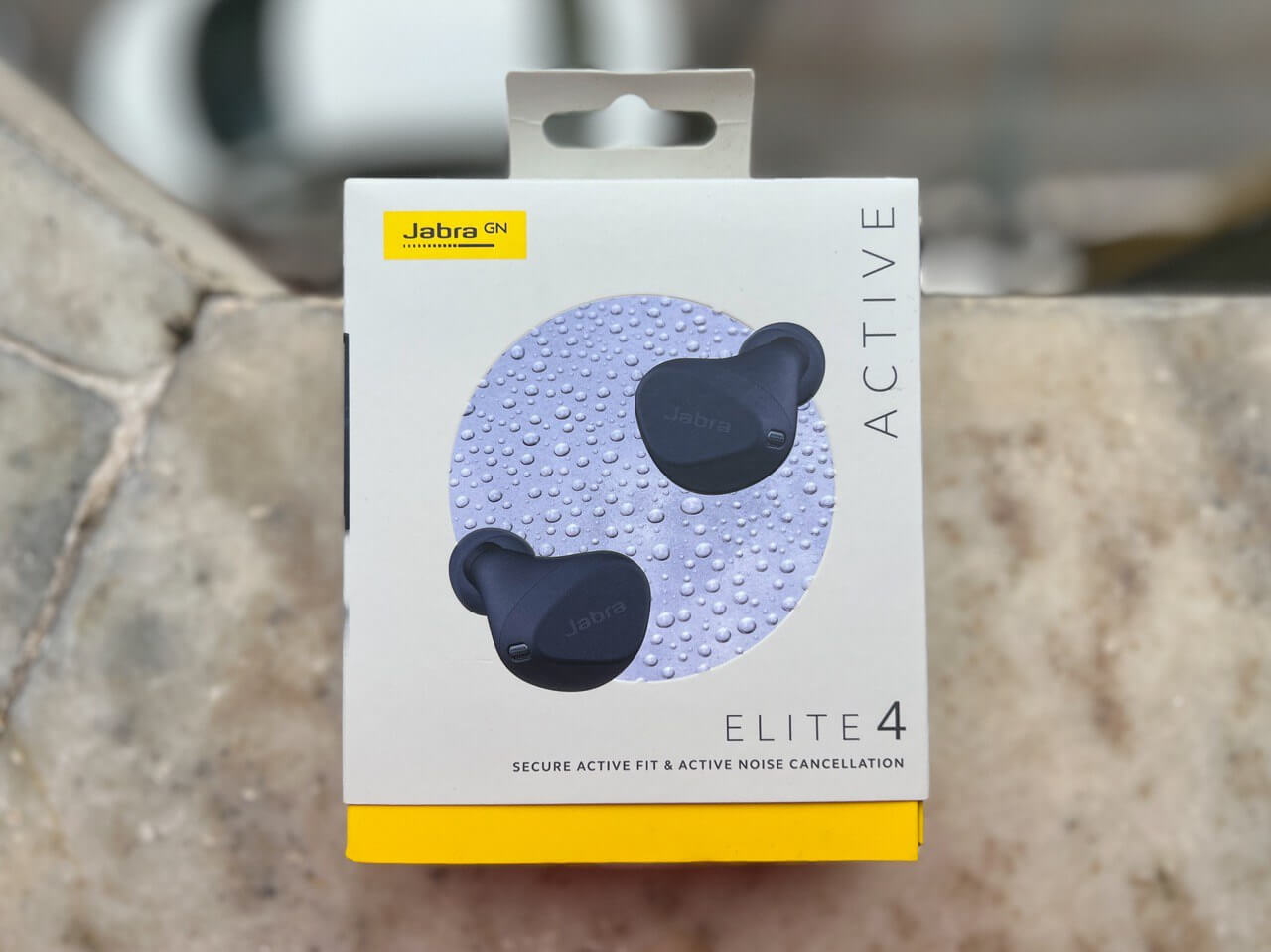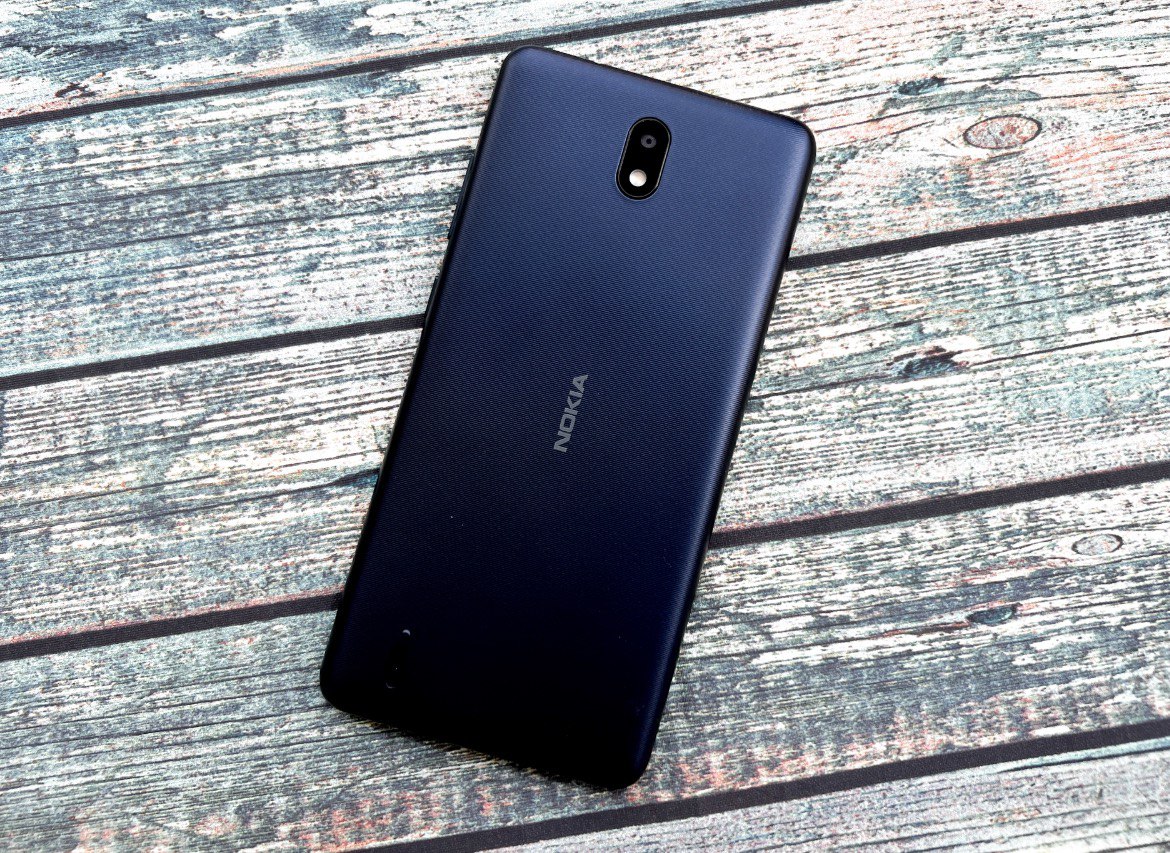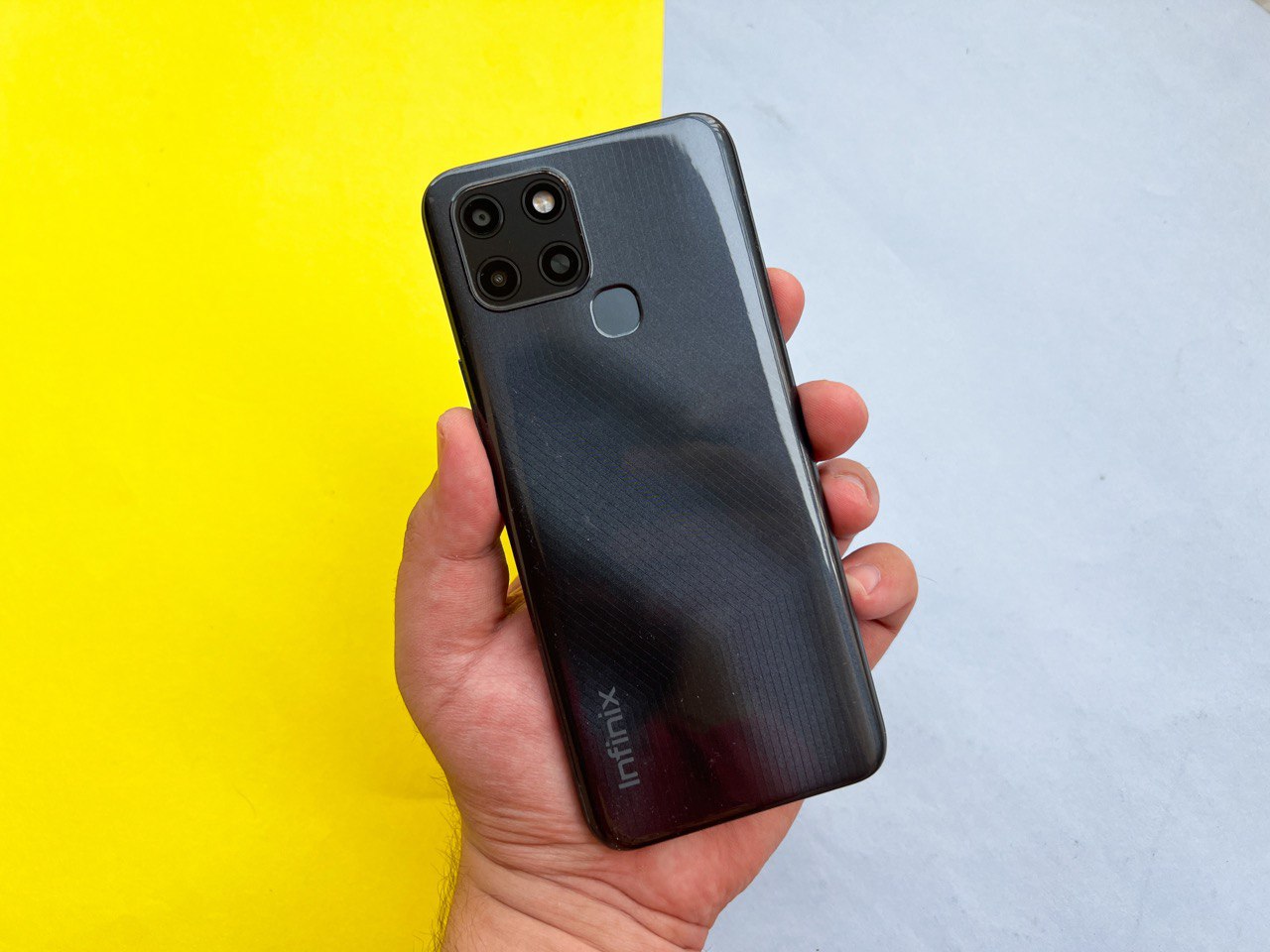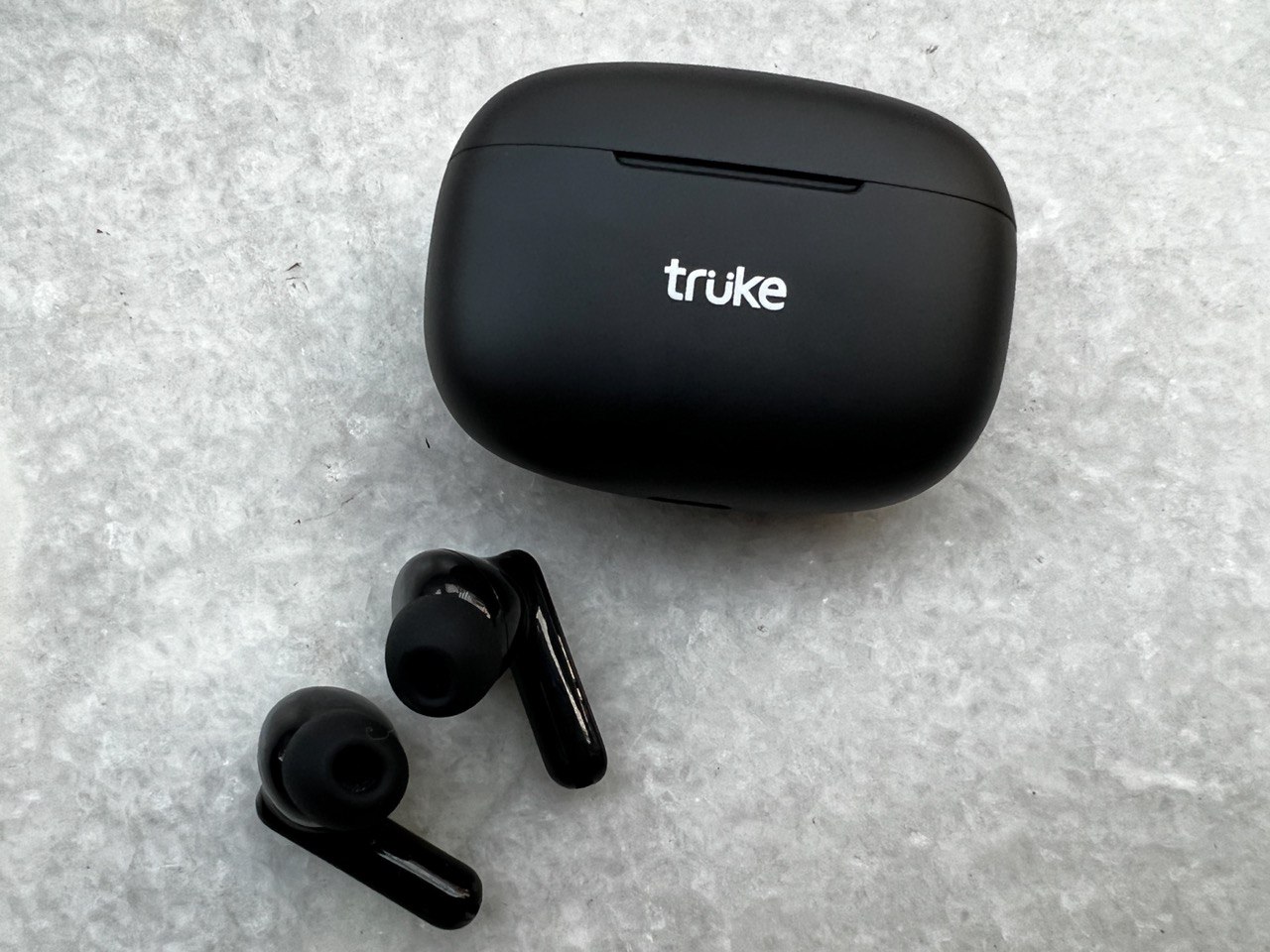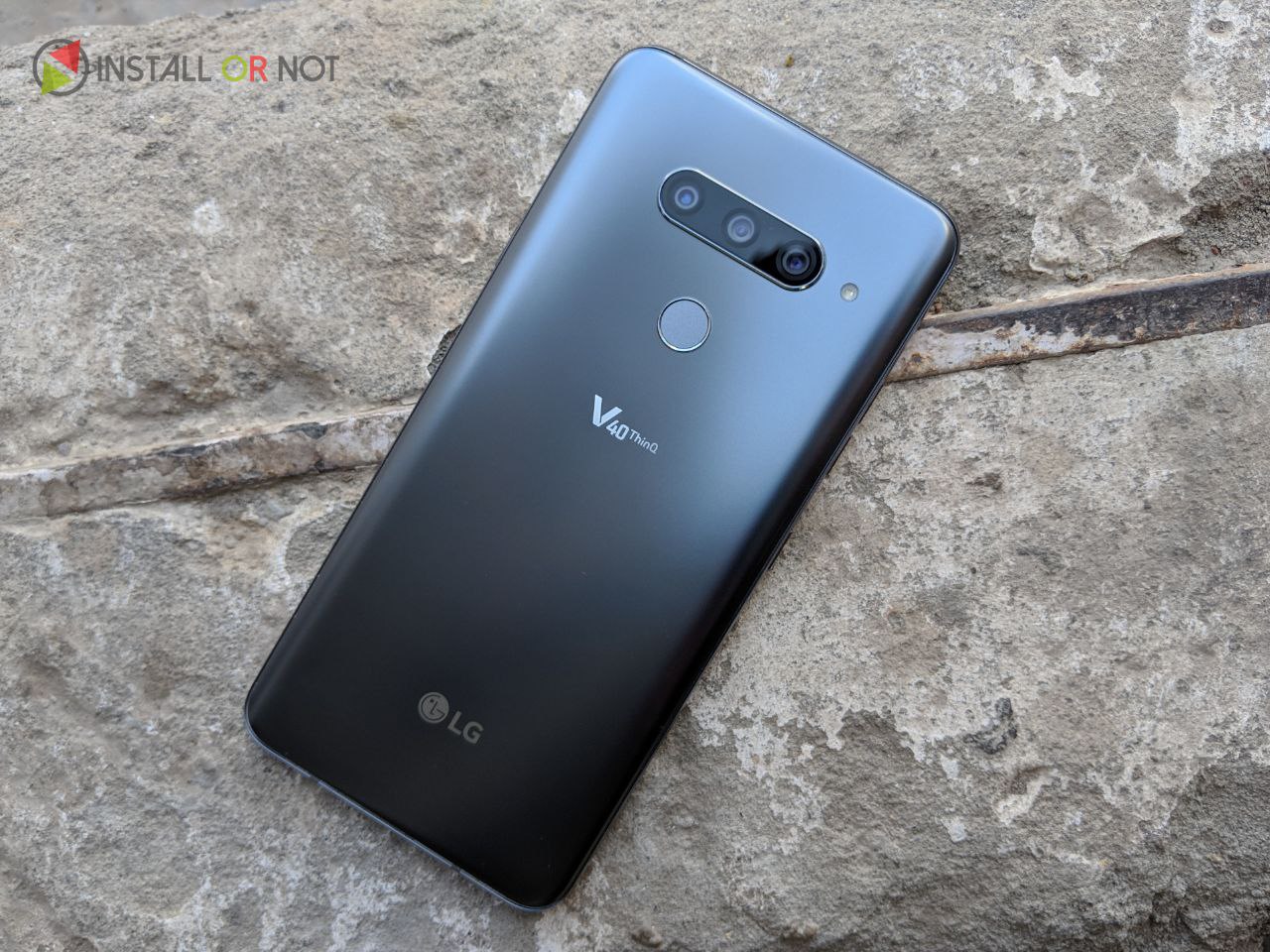


As we already know, LG is having a hard time dealing with the prices and marketing issued for their smartphones for the last couple of years. We can surely say that this is happening because of the Chinese smartphone manufacturers. However, there are other factors due to which the company is struggling. The factors being pricing and marketing, they also made changes in the name and added ThinQ referring to the AI that is used in the devices.
The V-series has been known to be a lineup of smartphones which can do anything. And we can surely say that the device is a beast. Remembering the time when the LG V30+ was compared with a RED camera by a YouTube producer, we now have the LG V40 ThinQ in our hands and below is the detailed review of the same. We feel that the device was used for enough time for us to conclude and write the review of the device.
Design and Display
We all know that this is one category where LG excels and gives a tough competition to other smartphone makers. The V40 ThinQ has the same design perception as all the devices in the ‘V’ series. It houses the metal and glass sandwich design with which most of the flagship devices were launched in 2018. Although there is glass on the back, it just feels like metal because the glass is frosted to the metal surface underneath it.
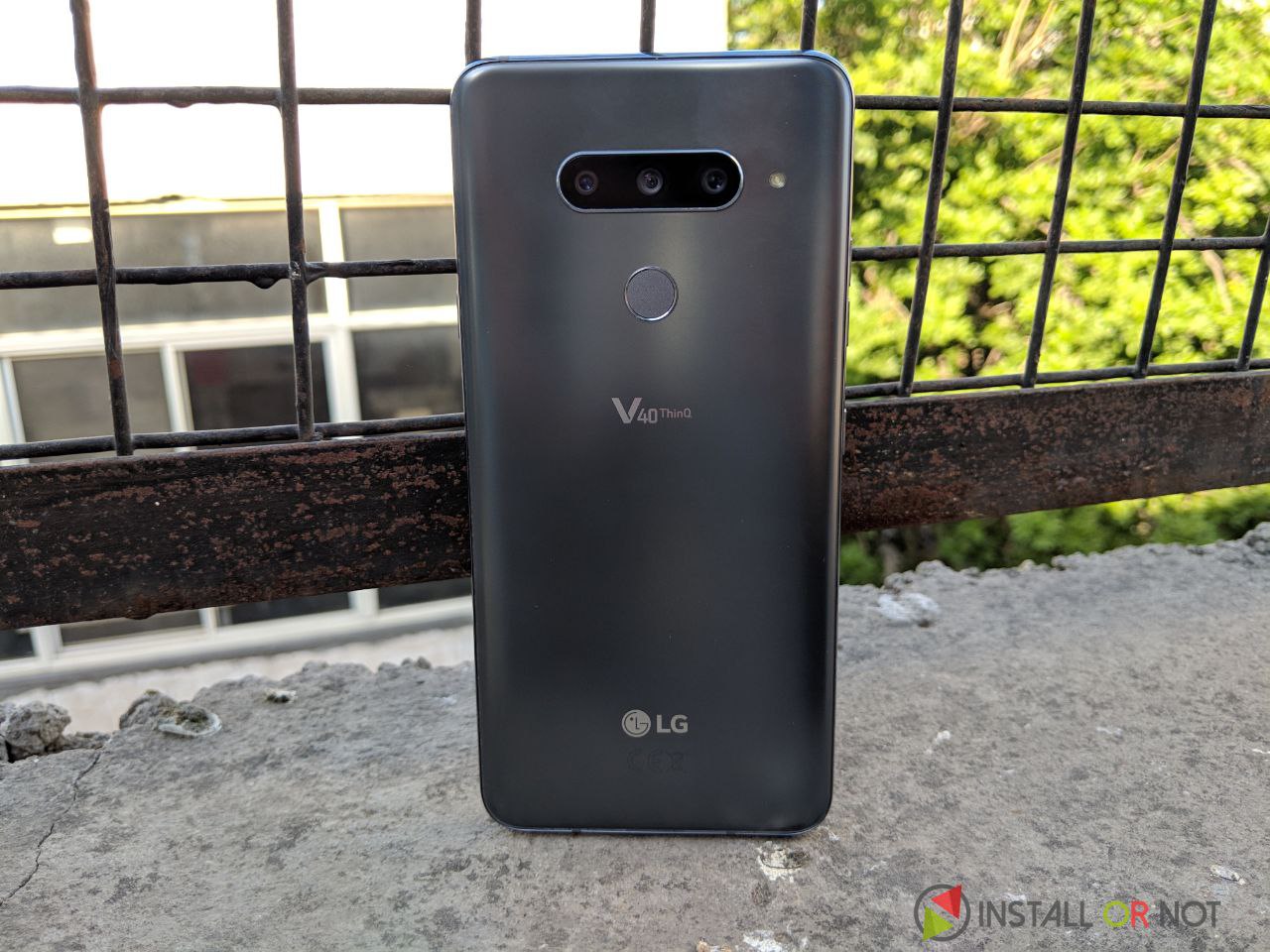

As soon as you get hold of the device, you notice that it’s lightweight and gives that premium touch feel. It sports a Gorilla Glass 5 both on front and back of the device which is prone to protect the device from scratches. Again, we can definitely say that the LG V40 ThinQ is a fingerprint magnet. The good thing is that LG is still offering a 3.5mm headphone jack and a premium earphones in the box.
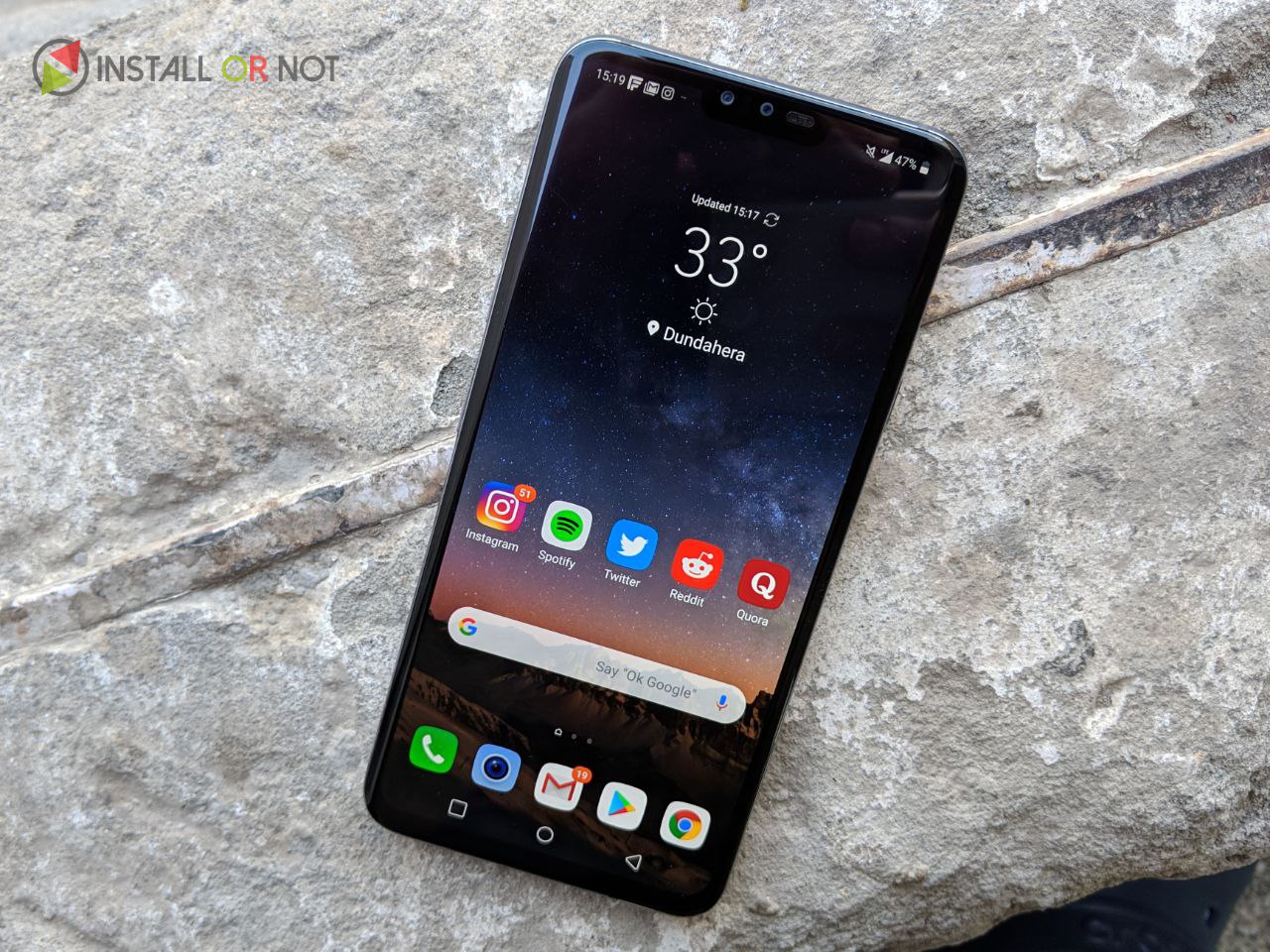

Down to the display, the V40 has a display resolution of 3120 x 1440 which is set to 2340 x 1080 by default. Although they have migrated from the LCD panel as in the LG G7 to the OLED panel now, the image and color reproduction is not as crisp as I would have expected. And, it is less likely to win when you are comparing it with the Samsung Galaxy Note 9. Also, the display of the V40 ThinQ doesn’t get as bright as the LG G7 which has over 1000-nit LCD panel so it is kind of difficult to use the phone under direct sunlight.
Performance
With the Snapdragon 845 on the board, the performance that the LG V40 ThinQ has to offer here is equivalent to compete with the Galaxy Note 9. We were extremely delighted with the snappy performance and the phone gets booted up in under 15 seconds. The Snapdragon 845 here is bundled with the Adreno 630 GPU which can be a beast for the cheerful gamers out there.
We ran a couple of benchmarks and played a couple of graphic intensive games and the device handles gaming like a charm. You can check out the benchmarks in the screenshots above.
Cameras
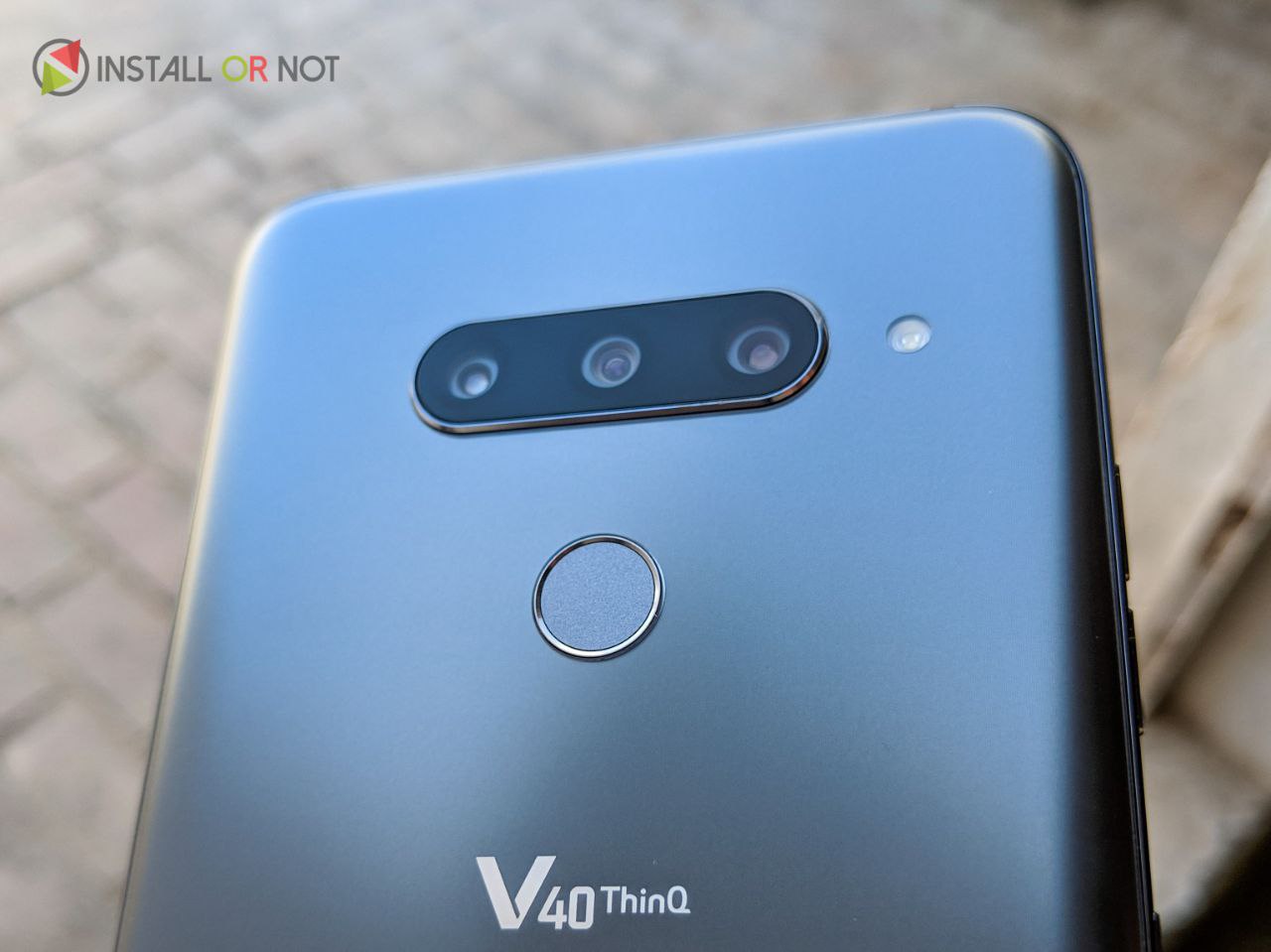

Coming to the five cameras that are offered on this device, we have got to say a lot. Alike all the phones in the ‘V’ series, the cameras on the V40 ThinQ are phenomenal. LG has offered a standard 12MP lens with an f/1.5 aperture and 78-degree field of view, a 16MP wide-angle lens with an f/1.9 aperture and 107-degree field of view, and a 12MP 2x telephoto lens with an f/2.4 aperture and 45-degree field of view.
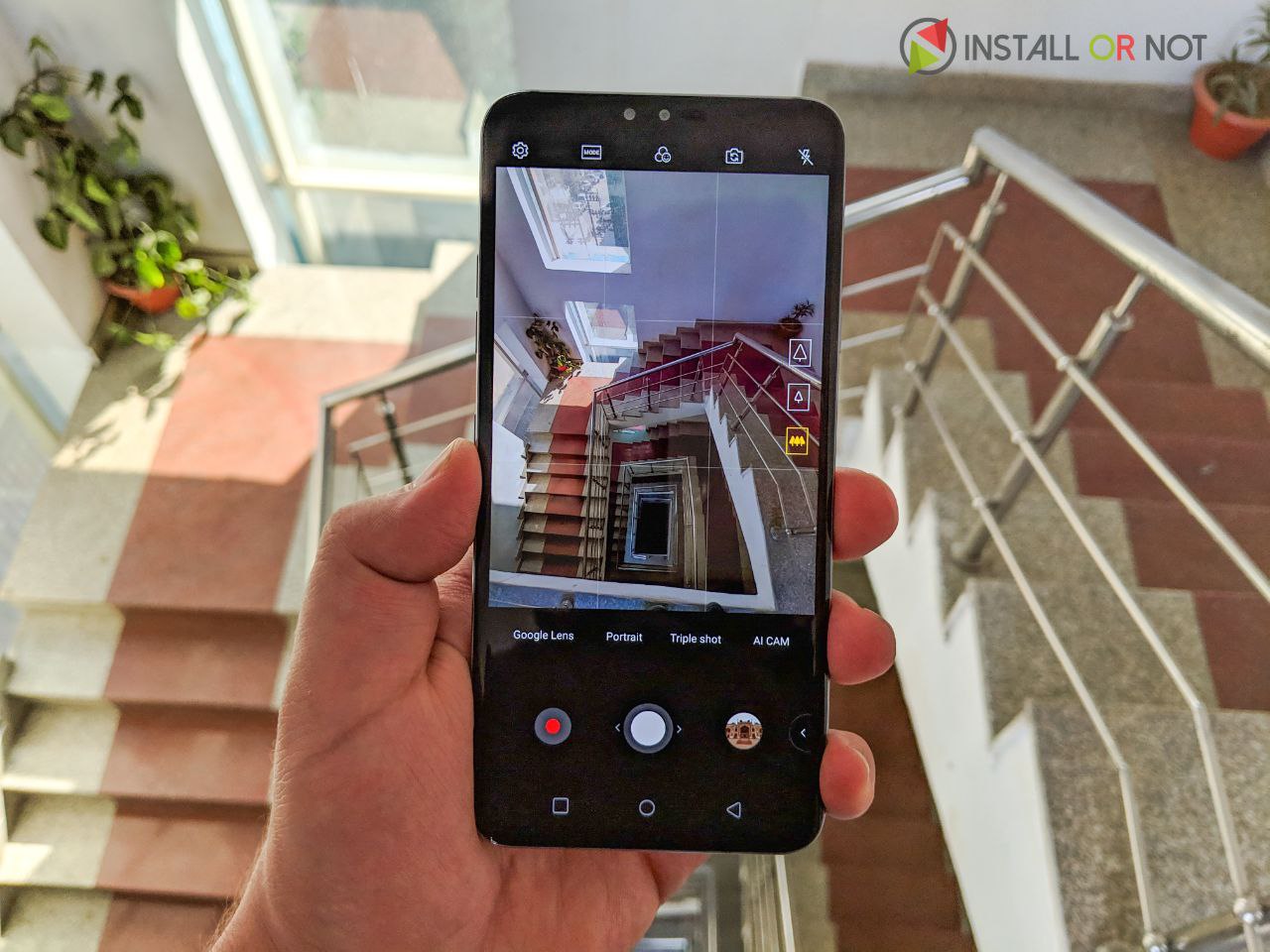

All the cameras have their own specialty and the software on the V40 ThinQ sees to it that you get to check the view or the image that would be produced for each of the camera used. So, before you click a photo, you can check out the view from all the cameras and then decide which one to take a shot from. On the front, you get an 8MP sensor, f/1.9 aperture, and 80-degree field of view, and one wide lens with a 5MP sensor, f/2.2 aperture, and 90-degree field of view. From all the shots that we have taken, you can be the judge here by looking at the samples below. I’d say the camera performance is a legit pro point for the V40 ThinQ with the phone being a little grumpy in the low-light conditions.
Battery and Miscellaneous
The LG V40 ThinQ comes with a 3300 mAh battery which makes it hard to get you through the day at least. However, we have got to admit that a smartphone this large is expected to have a large battery but this is not the case here. Although, we got a Screen-on-time of around 3.5 to 4.5 hours on an average day. In the world where flagships are upping the battery game, I would have expected a larger 4000 mAh battery which could give us just average battery stats.


And with the 3.5mm headphone jack that is offered, just as we expected, LG has also equipped the device with Hi-Fi 32-bit quad DAC which brings high fidelity audio and definitely sounds better than any other smartphone. Again, it’s great to see that LG still has an opinion that 3.5mm headphone jacks still do matter. If you’re not gonna use this headphone jack and play it out aloud, the V40 ThinQ has got you covered with the Boombox speakers on the device which are pretty loud and produce crisp audio quality.
Conclusion



Just like all the V series phones from LG, the V40 ThinQ is marketed as a smartphone which can do anything. But, as far as the things are concerned, the V40 ThinQ lacks a few points which are ideal for a smartphone in this price segment. However, it has got a few features that others in this price segment lack. Considering the OnePlus 6T, the V40 ThinQ has features like IP68 rated water resistance, wireless charging, and yes, the 3.5mm headphone jack. The LG V40 provides all the quality of the LG G7 ThinQ but is weighed down by its unreasonably expensive price tag and terrible battery life. But still, with the software complexity on the LG devices, we only suggest the device to the geeks out there.
What’s good?
- IP 68 certification, microSD, headphone jack
- Light, yet reassuringly solid design
- Butter smooth performance
- Hi-Fi quad DAC
- Great camera combination
- Wireless charging
What’s not good?
- Poor battery backup
- The display could have been better
- Unreasonably expensive
Buy LG V40: Amazon (INR 49,990)

